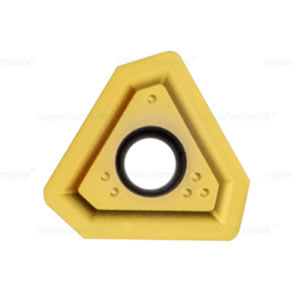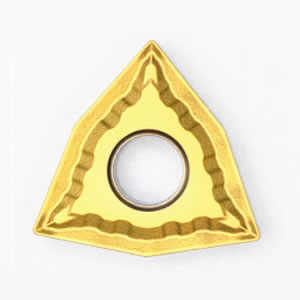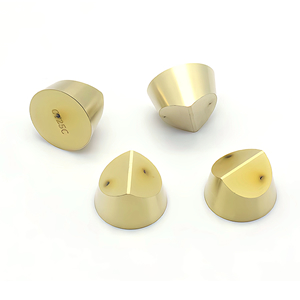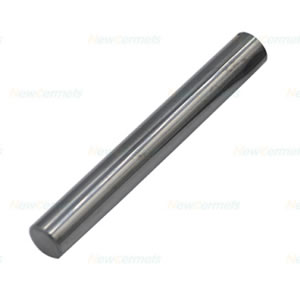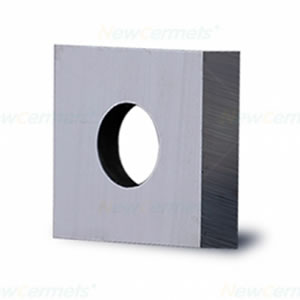Manufacturing process of carbide inserts
The manufacturing process of cemented carbide blades is not like casting or steel, which is formed by melting ore and then injecting into molds, or forming by forging, but carbide powder (tungsten carbide powder, titanium carbide powder, tantalum carbide powder) that will only melt when it reaches 3000 °C or higher. powder, etc.) heated to more than 1,000 degrees Celsius to make it sintered. To make this carbide bond stronger, cobalt powder is used as a bonding agent. Under the action of high temperature and high pressure, the affinity between carbide and cobalt powder will be enhanced, so that it will gradually form. This phenomenon is called sintering. Because powder is used, this method is called powder metallurgy.
According to the different manufacturing process of cemented Carbide Inserts, the mass fraction of each component of cemented carbide inserts is different, and the performance of manufactured cemented carbide inserts is also different.
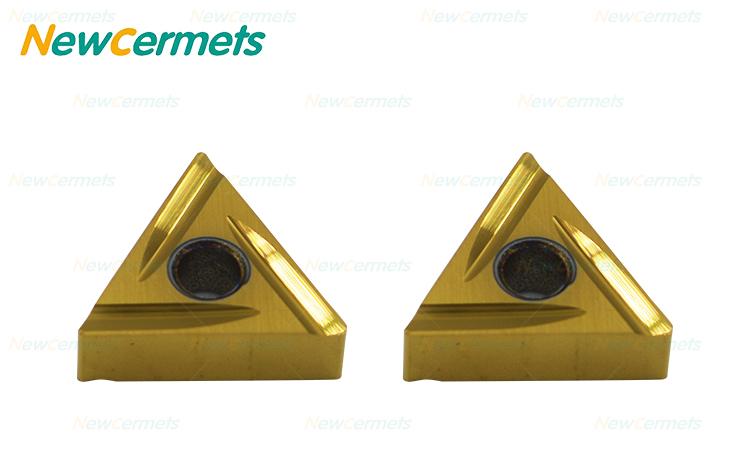
Sintering is performed after forming. The following is the whole process of the sintering process:
1) Press the very finely crushed tungsten carbide powder and cobalt powder according to the required shape. At this time, the metal particles are connected to each other, but the combination is not very tight, and they will be crushed with a little force.
2) As the temperature of the formed powder block particles increases, the degree of connection is gradually strengthened. At 700-800 °C, the combination of particles is still very fragile, and there are still many gaps between the particles, which can be seen everywhere. These voids are called voids.
3) When the heating temperature rises to 900~1000°C, the voids between the particles decrease, the linear black part almost disappears, and only the large black part remains.
4) When the temperature gradually approaches 1100~1300°C (that is, the normal sintering temperature), the voids are further reduced, and the bonding between the particles becomes stronger.
5) When the sintering process is completed, the tungsten carbide particles in the blade are small polygons, and a white substance can be seen around them, which is cobalt. The sintered blade structure is based on cobalt and covered with tungsten carbide particles. The size and shape of the particles and the thickness of the cobalt layer vary greatly in the properties of carbide inserts.

